The Last Paintings of Monet: a Touch of Expressionism?
Six Paintings. One Concept
We could make this publication thanks to small donations. How is 3 minutos de arte supported?
During his last years, Claude Monet had a sight problem —cataract—, so he started to reduce the amplitude of the landscape he chose to work on the light effects. He began to focus on delimited scenarios: the Japanese bridge, some water lilies, a weeping willow, the road under the ark of roses.
At the same time, the artist extended the scale, utilized a palette of more vivid colors, his brushstroke turned out to be more dramatic, feverish, he intensified textures —with the brush loaded with paint— and moved into abstraction. An abstraction where we notice that he added sentiment, "expression" to the "impression" —how he perceived things at a glance—. This change could be exclusively attributed to his sight problem, but it can also be that the artist was taking risks and decided to go beyond Impressionism.
The works of the Abstract Expressionists —30 years later— remind us of Monet. And we are not surprised that the painters of that movement were clear admirers of the great master of the Impressionism.
Recommended links:
Stories behind the Works of Art: Monet and the Rouen Cathedral.
Abstract Expressionism, Liberation of Emotions.
You can also find more material using the search engine.
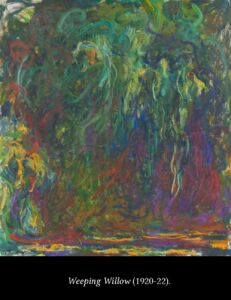
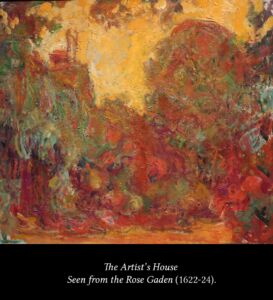
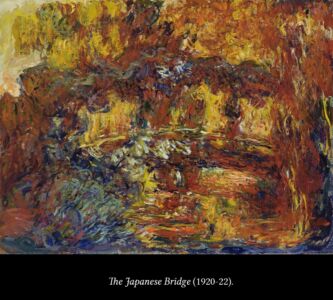
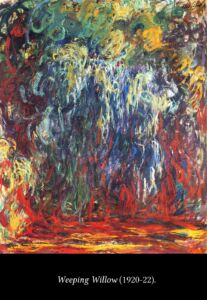
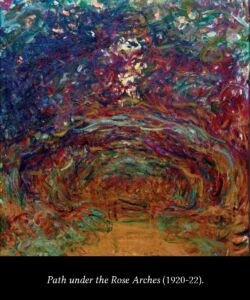
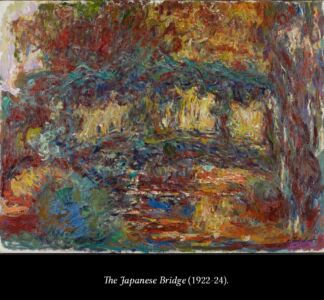



0 Comments